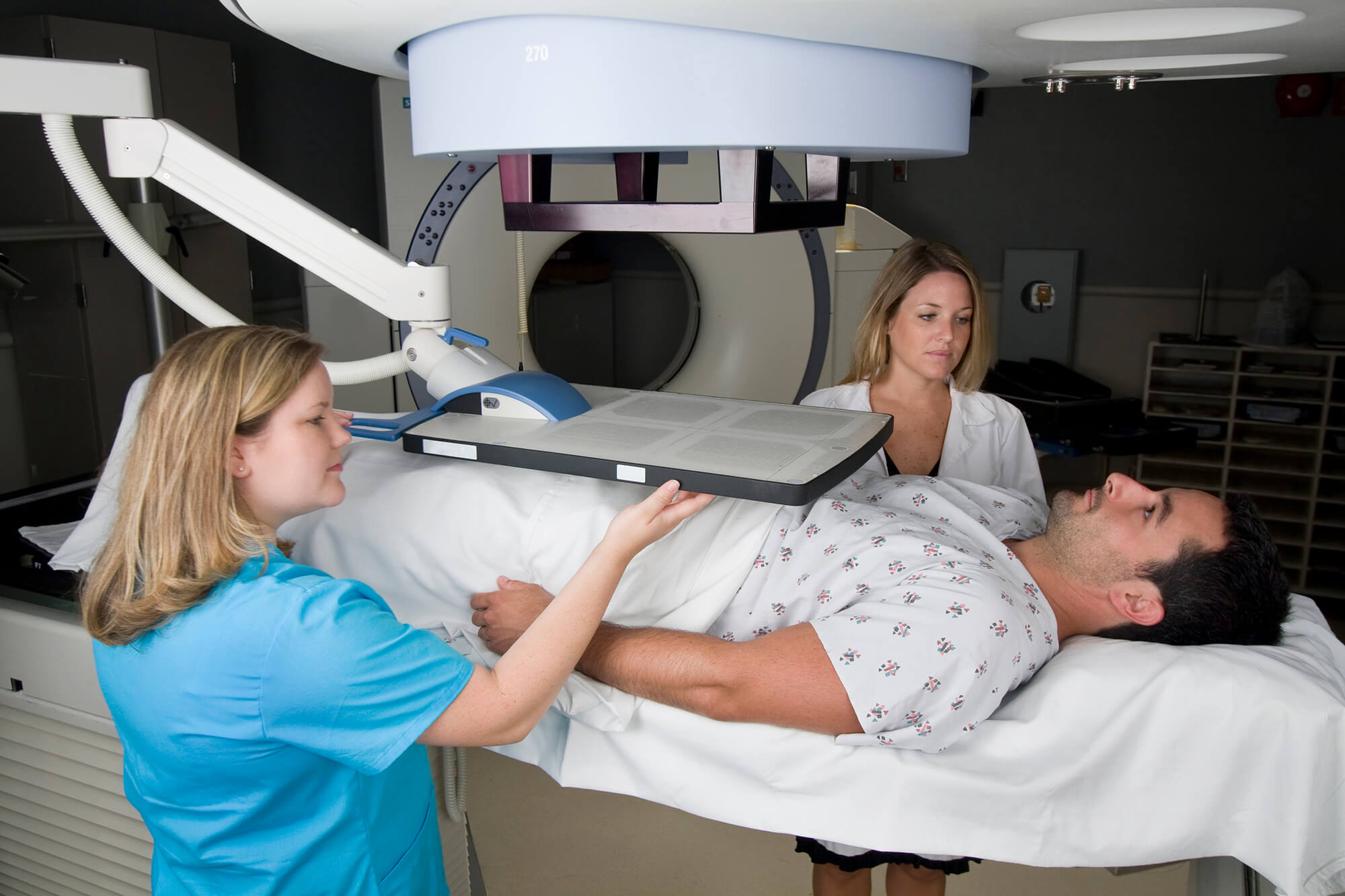The American Society for Radiation Oncology (ASTRO), American Society of Clinical Oncology (ASCO), and American Urological Association (AUA) published an evidence-based clinical guideline on hypofractionated radiotherapy for early-stage prostate cancer, recommending it as an alternative to conventional radiation regimens when patients opt for treatment instead of active surveillance or surgery.1
“Conclusive evidence from several large, well-designed randomized trials now confirms that dose escalation can almost universally benefit men with early-stage prostate cancer who choose to manage their disease with external radiation,” said Howard Sandler, MD, FASTRO, FASCO, chair of radiation oncology at Cedars-Sinai Medical Center, who co-chaired the 16-member expert guideline panel, in a press release.2 “Significant advances in treatment planning and delivery have enabled oncologists to deliver more powerful, life-saving doses of radiation in fewer visits and without compromising quality of life.”
The panelists unanimously agreed that image-guided radiation therapy (IGRT) should be used with hypofractionated external beam radiotherapy (EBRT). The guideline did not address radiotherapy for locally advanced or metastatic prostate cancer, adjuvant radiotherapy, or re-irradiation.
External beam radiotherapy is the standard definitive treatment, offering outcomes equivalent to radical surgical prostatectomy for early-stage prostate cancer.1,2 Hypofractionated radiotherapy should be offered to patients who forego active surveillance and wish to undergo EBRT rather than radical surgery or brachytherapy, the guideline authors recommended.1
“Results so far show comparable early cancer control to conventional fractionation, while maintaining an acceptable side effect profile,” Daniel Barocas, MD, associate professor of urology at Vanderbilt University Medical Center, stated in a press release.2 “This has benefits to the patient in terms of reducing the treatment burden and cost, and may increase the acceptability of external beam radiation therapy.”
Hypofractionation allows larger-dose radiation fractions to be delivered in fewer sessions, with the total dose completed in 5 weeks or less vs up to 9 weeks with conventional radiation dose-fractionation schedules.2 Ultrahypofractionation (stereotactic body radiation therapy [SBRT] or stereotactic ablative radiotherapy [SABR]) can involve 5 radiation sessions.1,2
